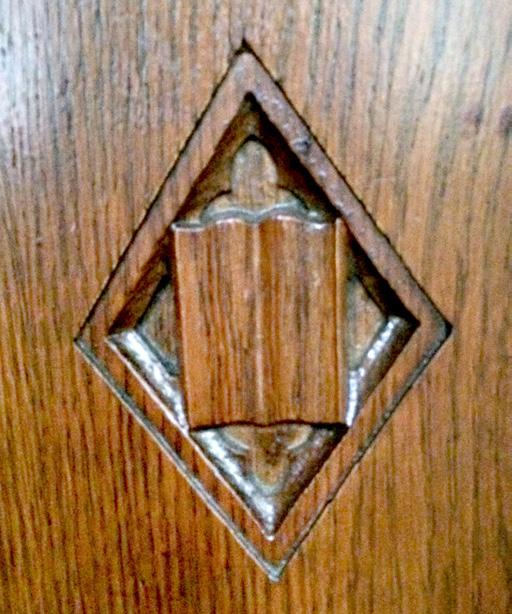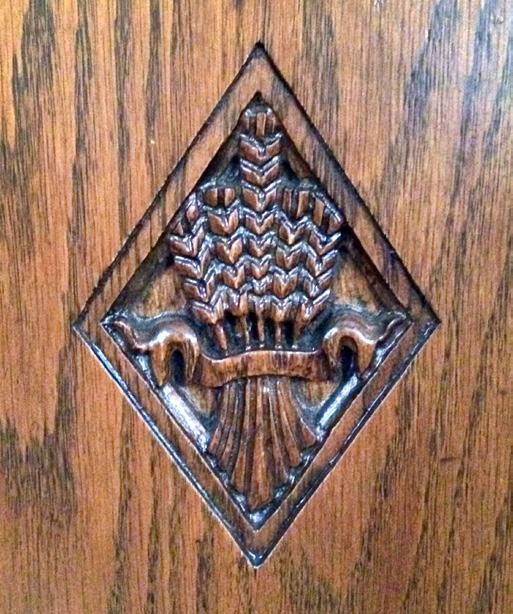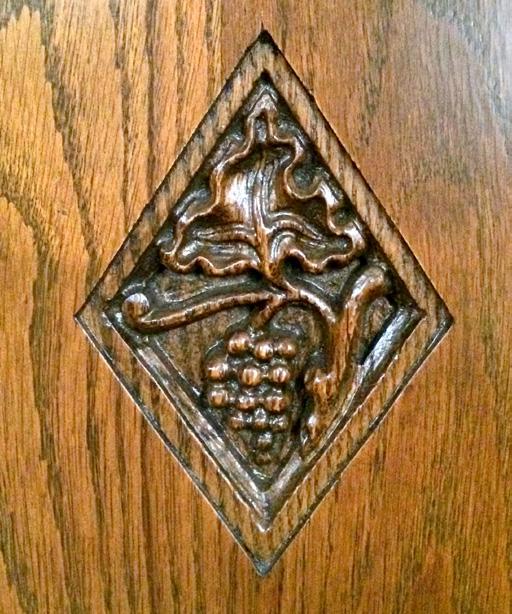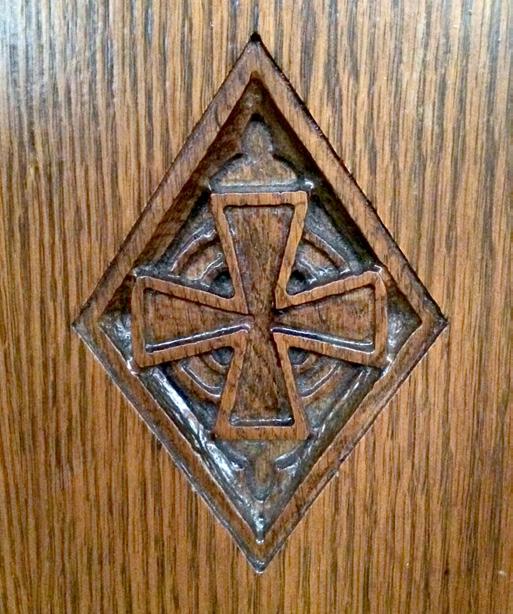
3 minute read
Symbolism in the Sanctuary
Symbolism in the Sanctuary
BY: SAM EMMERSON | FUMCA Historical Committee
Advertisement
Our church is full of art and symbolism that represents our Christian faith. It is easy to see before you enter and once inside our church. The stained glass windows throughout our House of Worship are symbolic of any church and our church is no exception. Walk down any hall you will find religious and spiritual paintings that can be inspiring hanging on the walls. To quote a past minister of our church, Chet C. Henson (1953-1956), “To create the awareness of the presence of God is the purpose of art in church building, and that awareness transforms an auditorium into a sanctuary.”
I have sat in church for decades listening to the preacher’s sermon not aware of all the symbols that surround us during the service. And, I’m not talking about the obvious stain glassed windows. Next time in church, look around at the different symbols and learn what Rev. Chet C. Henson has written about each symbol in his book, “Religious Symbolism in the Sanctuary”.
1. LATIN CROSS The best known of all Christian’s symbols is the Latin Cross which occupies a central position on the Altar in front of the Sanctuary. Even though the Cross is made of gold; it represents physically only two beams of wood. At the time when Jesus was crucified and for three centuries after, the Cross was a token not of glory but a of shame. There is a beautiful paradox in the Cross being depicted by a beautiful gold Cross. It symbolizes not only the Crucifixion of Jesus Christ, but the glorious victory over sin and the triumphant resurrection from the dead. It becomes not a symbol of death but of Life.
The familiar combination of letters on the Cross which looks like I H S or I h s does not mean “In His Service” as is sometimes supposed. The I H S represents the Greek characters of iota, eta, and sigma, the first letters in Jesus’ name spelled in Greek (Iesous).
When the Latin Cross stands on three steps, which signifies faith, hope, and love, it is called the Calvary or Graded Cross. The Calvary Cross is symbolic of finished redemption of Christ risen from the dead and reigning from the throne in heaven.
2. THE CANDLES ON THE ALTAR are regarded as symbols of Jesus Christ, The Light of the World. The use of two candles on each side of the Altar and the lighting during all services emphasize the two natures of Christ, divine and human.
3.COMMUNION TABLE The shock (sheaves) of wheat and the cluster of grapes carved into the Communion Table symbolize the bread and wine of the Holy Communion. The beautiful carving in the Communion Table, of course, represents the Last Supper which Christ had with His Disciples before His crucifixion.
4.THE OPEN BIBLE on the altar refers to the universal aspect of the Gospel and the availability of salvation to “Whomsoever” may come.
5. PEW SYMBOLS The four symbols carved into the ends of the pews: the Open Book and the Shock of Wheat, and the Cluster of Grapes have already been explained. The Maltese Cross is sometimes used as the emblem for John the Baptist and Baptism. You will notice the Maltese Cross used in this aspect atop the Baptismal Font.
Next time you are sitting in church, look around at the different symbols that decorate our sanctuary and now you know what they mean. Did I miss the biggest religious symbol in our sanctuary, the stained glass window behind the choir? No, I’m saving that for another day.
From top: The Latin Cross (1), surrounded by the candles on the altar (2) and the open Bible (4); detail of I H S on the Latin Cross (1); the carving on the front of the Communion table (3); the four symbols carved into the pews (5); Photos courtesy of Keith Harris
















